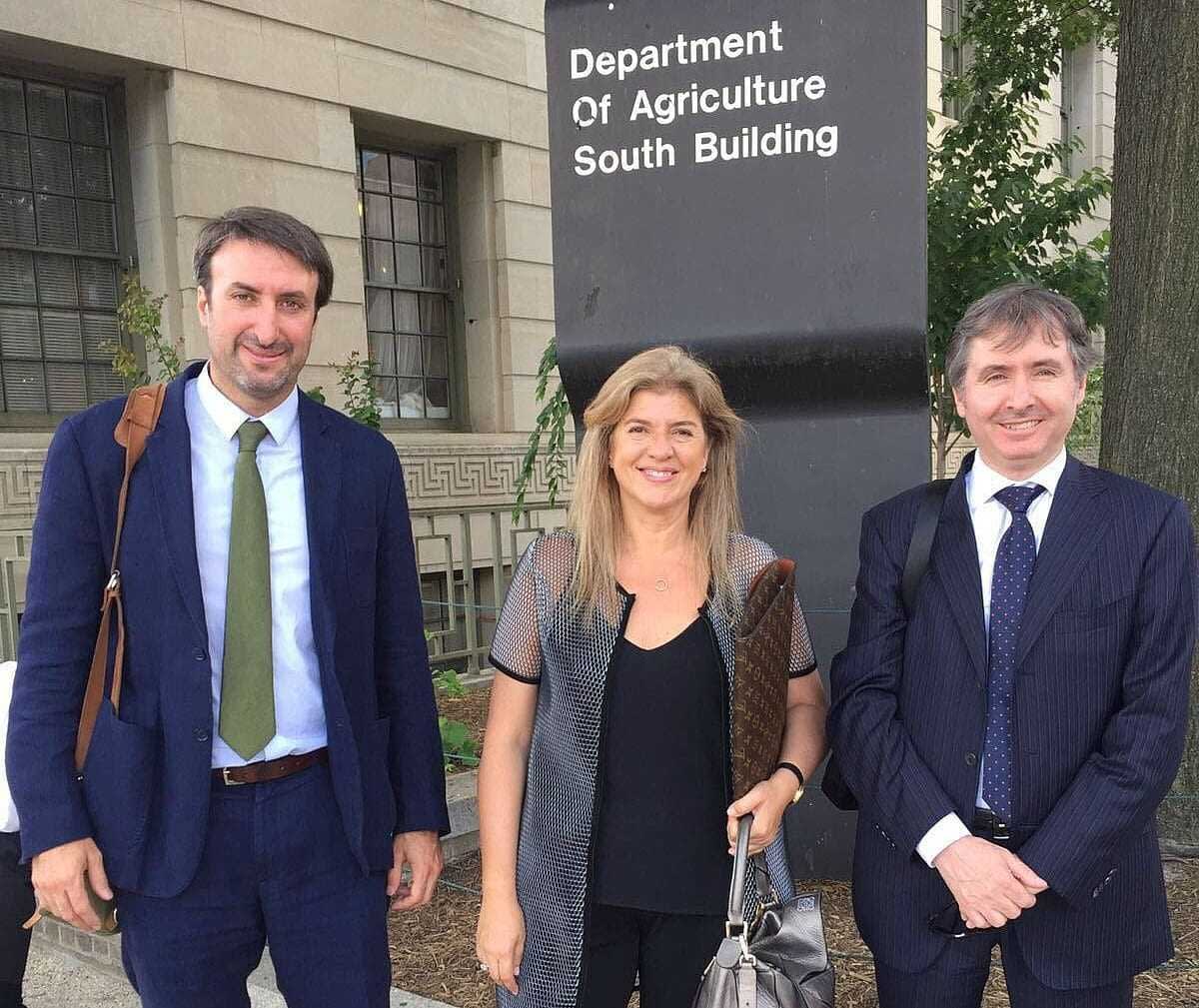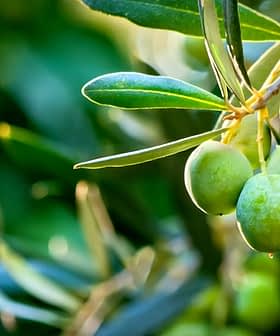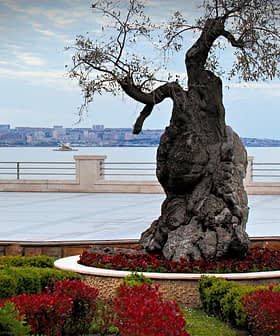Olive Council Optimistic Following U.S. Meetings
Representatives from the International Olive Council met with U.S. producers, businesses and administration officials about industry standards and a promotional campaign.
 Jaime Lillo, Mercedes Fernandez, Ended Gunduz,
Jaime Lillo, Mercedes Fernandez, Ended Gunduz,Representatives of the International Olive Council (IOC) recently wrapped up a mission to the United States to discuss the future of the country’s olive industry with producers, businesses and administration officials.
We wanted to explore the territory and find where we can build bridges and coordinate with each other and not overlap.
“I think it was a very intense and productive mission,” deputy executive director Jaime Lillo told Olive Oil Times. “We learned a lot from the U.S. perspective.”
It was the Madrid-based council’s first visit to the U.S. since the IOC’s new Agreement was put into action at the beginning of this year.
“We had two goals for the mission,” Lillo said. “The first was to explain and talk about the IOC’s new Agreement, and the second was to talk about activities for the next promotional campaign in the U.S.”
The new Agreement puts more focus on consumer countries and contemporary olive companies. Lillo called it a “fresh approach.”

Jaime Lillo, Mercedes Fernandez, Ended Gunduz
“This new Agreement told us to go to consumer countries and try to get the council closer to their concerns and understand their points of view,” he said. “Also to meet new producers, not traditional ones. There was too much focus on traditional producers.”
The council also held meetings with several government agencies, including the U.S. Department of Agriculture and U.S. Food and Drug Administration. Discussions surrounded quality and health standards while addressing challenges and perceptions held by the U.S.
“We tried to talk to everyone related to olive oil,” Lillo said.
America is the largest importer of olive oil and table olives in the world. The latest market report by the IOC states that olive oil imports are down one percent from last year while table olive imports are down two percent.
Lillo acknowledged America’s status as a major figure in the olive oil world but recognizes room for improvement.
“The U.S. is already one of the big players in the olive oil world,” he said. “It’s the top importer of olive oil and is already the third consumer in the world after Italy and Spain, but with much more potential since consumption per capita is still quite low.”
The new promotional campaign is expected to roll out in the coming months.
“We wanted to listen to what the producers would like to see and to talk to the administrations as well,” Lillo said. “There are many voices talking about olive oil — private bodies, countries and exporters — and we wanted to explore the territory and find where we can build bridges and coordinate with each other and not overlap.”
One more aspect of the mission was to lay the groundwork for the U.S. to one day be welcomed as a member state of the IOC. While that prospect may not become a reality for a number of years, Lillo felt the council took the necessary first steps by forging new relationships between the IOC and key players in America where few bonds had existed in the past.
Lillo sounded optimistic about the results of the mission.
“It was a good start for the activities of the IOC in the U.S. We hope to see the IOC closer to the U.S., and the U.S. closer to the IOC. That’s what we’re working on.”







